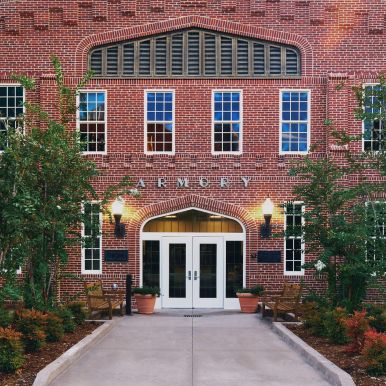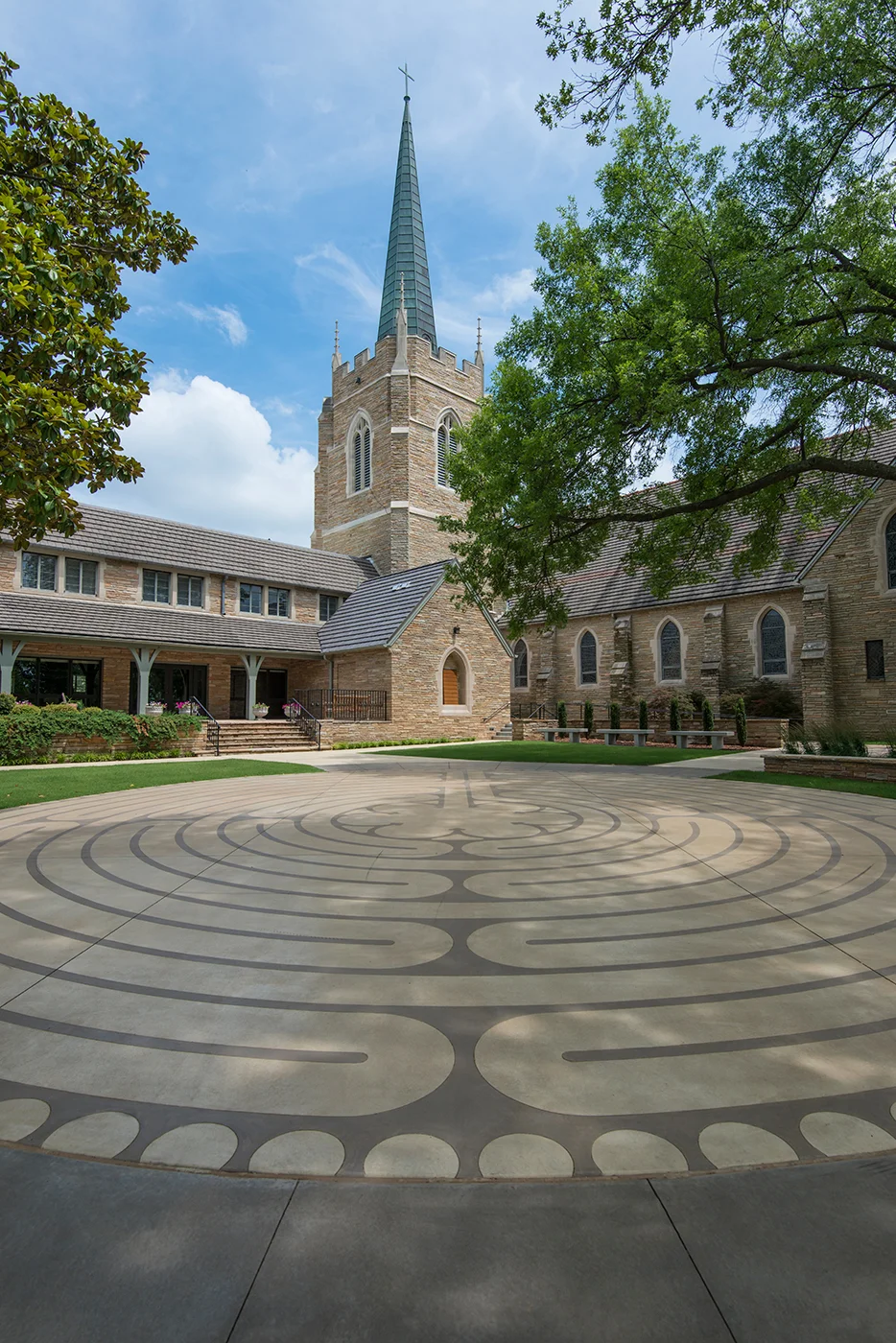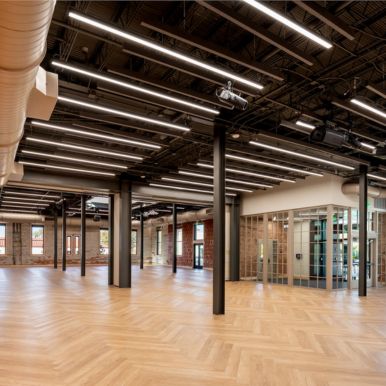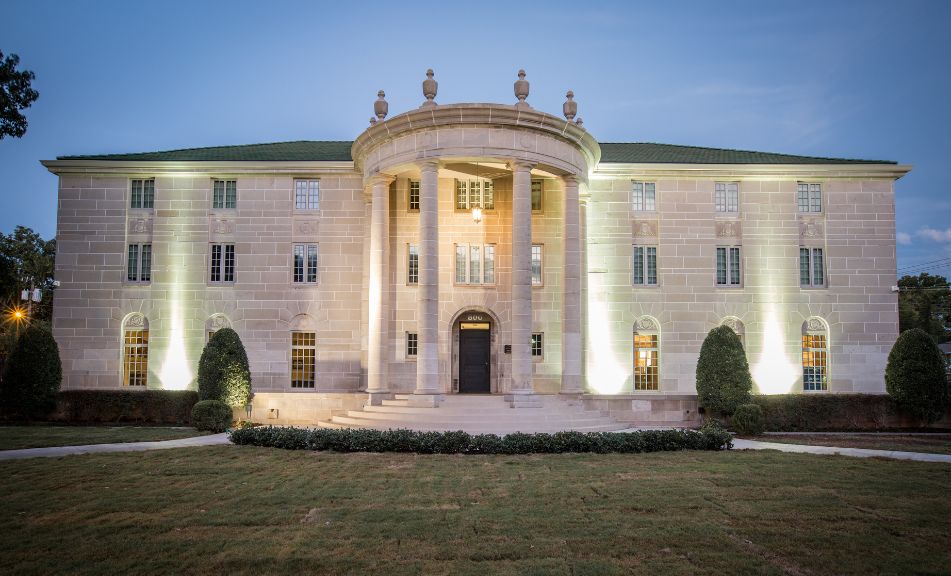

GH2 Preservation Architects is dedicated to the preservation, rehabilitation, and adaptive re-use of existing structures. With more than five decades of award-winning experience on significant historic properties across the United States, we stand ready to assist our clients with all aspects of preservation compliance, planning, and design for historic structures. The GH2 preservation team participates in a wide range of preservation conferences and is also a member of the Building Envelope Science Institute, an industry organization dedicated to providing resources and knowledge related to successful building envelope construction, maintenance, and restoration.
PROJECTS



AWARD
OU Armory Rehabilitation: 2020 Oklahoma State Historic Preservation Officer’s Citation of Merit


PROJECT
St. John's Rehabilitation and Expansion: 2014 Oklahoma Historic Society Citation of Merit




PROJECT
OU Beta Theta Pi House Rehabilitation and Addition: 2016 AIA Eastern Oklahoma, People’s Choice Award
Project Types
GH2 has provided historic preservation services for a wide range of project and client types, from private owners to municipal, state, and federal government entities.
Services
GH2 can provide a wide variety of services to develop an overall strategy for rehabilitating historic facilities, from compliance to field assessments, design, construction documents, and construction support. We can also provide practical construction solutions for building maintenance and restoration. Our experience, technical expertise, and commitment to world-class customer service result in solutions that honor the past and function in the present.
Historic Research


Historic research includes compilation of multiple historic resource documents; including building histories, archaeological resources, previous property owners, as well as the original architect, original contractor, and the history of how the property was designed and constructed.
New Exterior Additions to Historic Buildings


In accordance with the National Park Service standards, a new addition to a historic property must preserve the building’s historic character, meaning that the addition needs to be different, but compatible with the historic building.
Preservation Planning / Phasing


A Preservation Plan for a historic property is a planning tool that provides necessary information to guide the development, prioritization, and implementation of repair, rehabilitation, and restoration projects.
Building Rehabilitation, Restoration or Reconstruction


The choice between rehabilitation, restoration or reconstruction depends on the specific project; including, but not limited to the property’s historic significance, physical condition, proposed use, and code requirements.
Existing Facilities Survey and Conditions Assessment


An extensive survey of the condition of your historic property, which includes reviewing the roof, parapet, windows, doors, exterior sealant, decorative elements, and sidewalks around a property to look for water infiltration or areas of concern for the maintenance of the property.
Federal and State Historic Preservation Tax Credits


Owning a historic property can provide income tax credits for the rehabilitation of historic, income-producing buildings that are determined by the Secretary of the Interior, through the National Park Service, to be “certified historic structures”.
State Landmark Designations


The significance of a building or place can be determined by the American history, architecture, archeology, and culture present in districts, sites, buildings, structures, and objects.
National Register Nominations


To be listed as contributing property on the National Register of Historic Places, the building history needs to be compiled for the property; including building histories, archaeological resources, previous property owners.
Section 106 and 110 Process Review


Section 106 and 110 are the steps undertaken to get an eligible property listed on the National Register of Historic Places. GH2 can aid in compiling the resources to fill out the forms and provide the required documentation to have your historic property listed as a contributing property.
HABS and HAER Documentation


The Historic American Building Survey (HABS) and Historic American Engineering Record (HAER) are records of America’s built environment in multi-format surveys including measured drawings, large-format photographs, and written histories.
Historic Properties Management Plans


An excellent planning tool for successfully managing and maintaining a historic property is to develop a Preservation Management Plan. The Historic Building Preservation Plan (HBPP) works as a guide for what areas within your historic property need to be maintained.
Grant Application Assistance


There are many resources available for historic property Owners, above tax incentives. Grants can aid in updating the property for accessibility, or updated programs to be included in a historic property.
Feasibility Study


A feasibility study is a compilation of an existing facilities survey and conditions assessment, as well as a Preservation Plan document for a historic property. Included in the study is a building history report, review of the existing conditions.
The GH2 Preservation Team Leaders


TIMOTHY HERZER, AIA
Principal, Historic Preservation Practice Director, Senior Architect
Since starting at GH2 in 2004, Timothy has provided exceptional design and service to each client he works with. He has worked on a variety of new construction and renovation projects—including municipal, historic preservation, equine, education, office, and recreation facilities. Timothy is passionate about preserving history in our significant structures by restoration and rehabilitation through adaptive re-use. He specializes in building envelope design and analysis for both new and historic structures.


MINDY GRAY, AIA, LEED AP BD+C
Senior Preservation Architect
Since 2006, Mindy has focused her project experience on historic preservation and renovations for GH2. She takes pride in preserving and revitalizing significant places for a variety of clients, and she works with them individually to plan and implement successful strategies for treatment and ongoing stewardship of their historic properties. Mindy is a graduate of the University of Oklahoma with a Bachelor’s of Architecture and a minor in Sociology.


MATT JENNINGS, AIA
Senior Preservation Architect
Matt is an award-winning, versatile historic preservation architect and architectural historian with an extensive background in all facets of preservation. He is skilled in managing multiple projects and stakeholders simultaneously and has experience leading projects across the country, ranging in size and scope from detailed façade restorations to expansive public efforts to revitalize entire historic districts over the last 24 years.

















